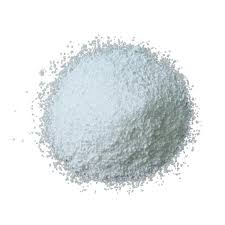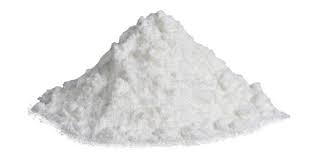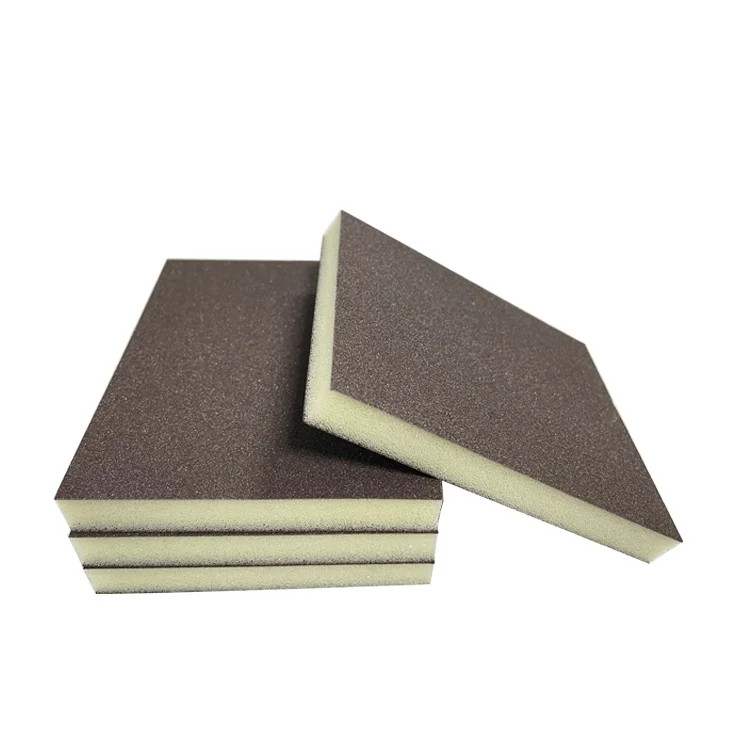Titanium dioxide (TiO2) is a key ingredient in the formulation of high-performance coatings, offering exceptional whiteness, opacity, and durability. It exists in two main crystalline forms: anatase and rutile. While both types have their applications, rutile titanium dioxide is generally the preferred choice for high-performance coatings. But why is this the case? This article explores the properties of rutile titanium dioxide and explains why it is the superior option for demanding coating applications.
Understanding Titanium Dioxide: Anatase vs. Rutile
Titanium dioxide occurs in nature in three main crystalline forms: anatase, rutile, and brookite, with rutile being the most stable. Among these, anatase and rutile are commercially relevant, especially in coatings, plastics, and inks.
1. Anatase Titanium Dioxide: Characterized by a smaller crystal structure, anatase TiO2 has a slightly higher photocatalytic activity, making it more reactive under ultraviolet (UV) light. This property makes it suitable for applications such as self-cleaning coatings and photocatalytic air purification.
2. Rutile Titanium Dioxide: The rutile form has a denser structure, lower photocatalytic activity, and higher refractive index, which makes it more effective in providing opacity, whiteness, and durability in coatings. These attributes make rutile the preferred choice for high-performance coatings used in construction, automotive, and industrial applications.

Superior Opacity and Hiding Power
One of the most critical attributes of any coating formulation is its ability to provide opacity and hide underlying surfaces effectively. Rutile titanium dioxide has a higher refractive index (2.76) compared to anatase (2.55), making it more efficient at scattering light. This property results in:
1. Better Hiding Power: Coatings with rutile TiO2 require a lower pigment loading to achieve the same level of opacity, reducing raw material costs.
2. Brighter and More Consistent Finish: The superior light-scattering ability of rutile ensures a uniform and visually appealing finish, especially in white and light-colored coatings.
Enhanced UV and Weather Resistance
High-performance coatings often need to withstand harsh environmental conditions, including exposure to sunlight, rain, and industrial pollutants. Rutile titanium dioxide offers significant advantages in this regard:
1. Low Photocatalytic Activity: Unlike anatase, which tends to accelerate degradation when exposed to UV light, rutile TiO2 has lower photocatalytic activity, reducing the risk of polymer breakdown and coating discoloration.
2. Better Weatherability: The dense crystal structure of rutile provides excellent resistance to UV radiation and oxidation, ensuring long-term durability in outdoor applications such as building facades and automotive paints.
Improved Durability and Mechanical Properties
Coatings used in high-performance applications must maintain their structural integrity over time. Rutile TiO2 contributes to durability in the following ways:
1. Increased Hardness: The high-density nature of rutile provides added mechanical strength to coatings, reducing wear and tear.
2. Resistance to Yellowing: Coatings formulated with rutile TiO2 exhibit greater color stability, ensuring long-lasting aesthetic appeal, especially in exterior applications.
3. Better Adhesion: Rutile TiO2 enhances the adhesion of coatings to various substrates, making it suitable for use in challenging industrial environments.
Compatibility with Different Coating Systems
Rutile titanium dioxide is highly compatible with various coating formulations, including water-based, solvent-based, and powder coatings. This versatility makes it an ideal choice for different industries:
1. Architectural Coatings: Used in exterior and interior paints due to its excellent hiding power and weather resistance.
2. Automotive Coatings: Enhances color brightness and durability while ensuring UV protection.
3. Industrial Coatings: Provides superior resistance to corrosion and chemical exposure, making it ideal for heavy-duty applications.

Cost-Effectiveness and Sustainability
While rutile TiO2 may have a slightly higher initial cost than anatase, its long-term benefits often outweigh the price difference. Factors contributing to its cost-effectiveness include:
1. Lower Pigment Requirement: Due to its high opacity, less pigment is needed to achieve the desired coverage, reducing material costs.
2. Extended Coating Lifespan: The superior durability of rutile-based coatings results in fewer repaints and lower maintenance costs.
3. Eco-Friendliness: With reduced degradation and longer-lasting performance, coatings using rutile TiO2 contribute to sustainability by minimizing waste and reducing the environmental impact of frequent recoating.
Conclusion
Rutile titanium dioxide is the preferred choice for high-performance coatings due to its superior opacity, UV resistance, durability, and compatibility with different coating systems. Whether for architectural, automotive, or industrial applications, rutile TiO2 ensures long-lasting, high-quality coatings that withstand environmental and mechanical stresses. While anatase TiO2 has niche applications, rutile remains the industry standard for coatings that demand the best in performance and longevity.
Why Rutile Titanium Dioxide is the Preferred Choice for Paints and Coatings
www.wxchti.com
Wuxi CHTI New Materials Co., Ltd.,

